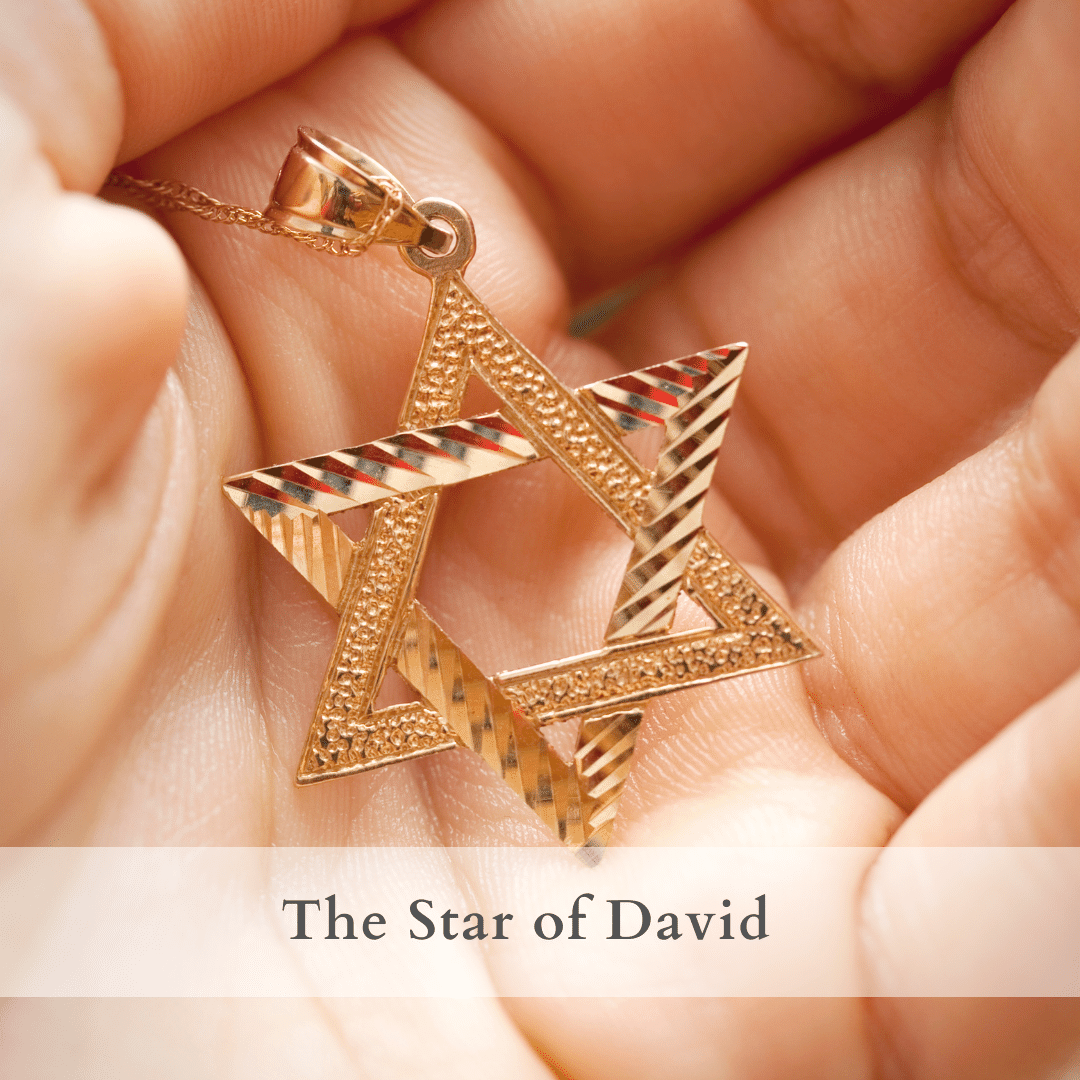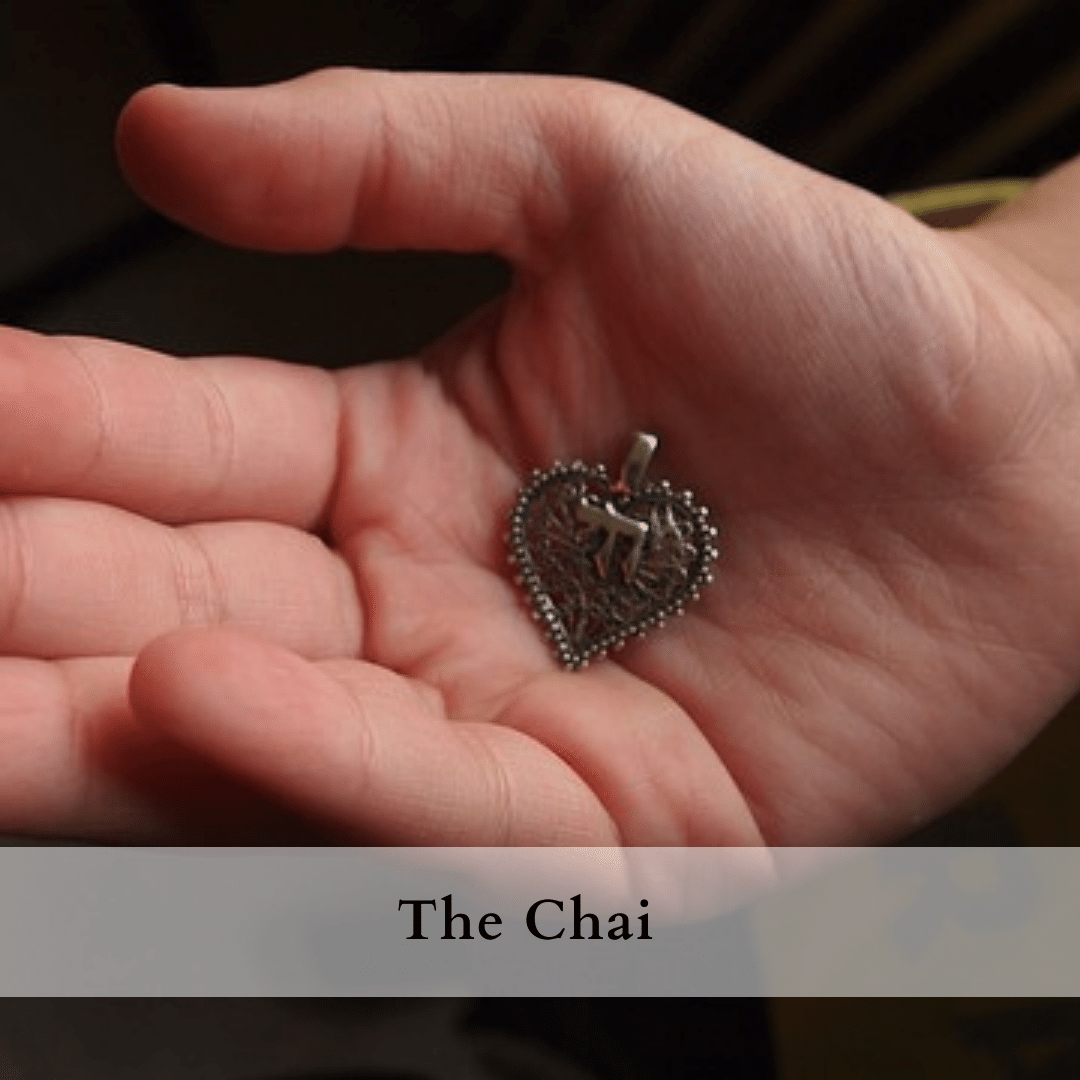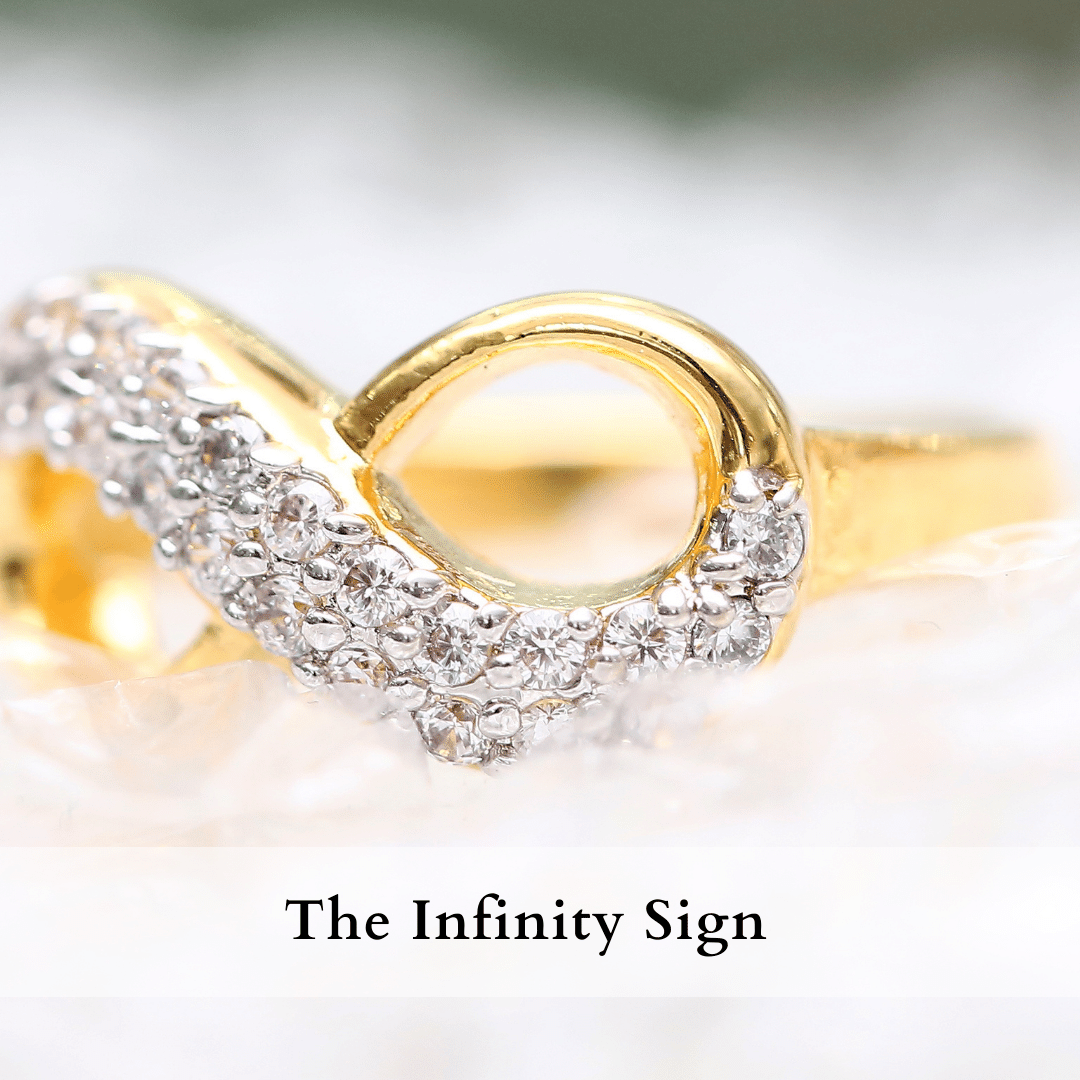Jewelry Symbolism and Meaning – 7 Things You Should Know

For centuries, people have believed in wearing pieces of jewelry that are symbolic in nature. Historically, jewelry was worn as an expression of faith or as a protective amulet or as a status symbol. In recent times, while jewelry symbolism still retains its significance, jewelry has become much more mainstream. The rich history and thoughtful meanings of each symbol are truly captivating.
Before we delve into some of the most significant, specific examples, it's important to have an idea of the various purposes of jewelry in different cultures. Early jewelry was mostly found materials such as shells, feathers, stones, etc had significant meaning behind them. Certain cultures constructed those objects in different ways to represent particular beliefs or affiliations. The materials and method of making jewelry might have changed but some of the roles are still shared with the early pieces of jewelry.
Common Purposes of Jewelry
1. Currency
During various periods of history, jewelry served as a tool in trading or as a form of currency. Some cultures still use jewelry as a type of currency depending on the value of materials that go with it.
2. Security of Wealth
Prized jewelry serves as a source of wealth security for the owner. Valuable jewelry is often an investment for the owner. Royal jewelry provides wealth security for some countries across the world.
3. Status Symbol
Throughout history and in today's society, jewelry often serves as a status symbol. People of higher social status tend to own and wear jewelry that's more valuable as a sign of their wealth.
4. Religion
Certain pieces of jewelry serve a religious purpose. They may represent a position or a particular achievement within the religion. They can almost sometimes commemorate a religious event such as a baptism.
5. Fashion Piece
For many people, jewelry serves solely as a fashion accent. So, the selection of the pieces of jewelry is dependent on how well it complements an outfit.
6. Self Expression
Jewelry, for many people, is an important form of self-expression. The jewelry may show a personal style or personality. You might choose some jewelry to make a bold statement.
7. Relationships
One of the most popular purposes of jewelry is to represent relationships. For example, wedding bands and engagement rings are considered highly significant in people's lives. The jewelry acts as a symbol of the love and commitment shared by two people.
8. Protection
Jewelry has a long-standing tradition of serving as a talisman, bringing good fortune to those who possess it. Around the world, jewelry is still used by many people to feel safe and protected.
9. Heirlooms
Jewelry is often passed down through generations as an heirloom in many families. The jewelry acts as a symbol of the family's heritage and for younger generations to have a connection with their ancestors.
10. Rites of Passage
In many cultures such as in Indian culture, some jewelry serves as a rite of passage in a person's life.
7 Most Significant Jewelry Symbolism Around the World
The Star of David

The Star of David has been associated with Judaism for several centuries. In Hebrew, it's known as Magen David, the literal translation being "Shield of David." The six-sided figure serves as a symbol for God ruling the universe and protecting us from six directions - North, South, East, West, Up, and Down. The middle of the hexagram depicts the spiritual dimension.
The Chai

The Chai is a Jewish symbol that represents physical life. The Chai is meant to serve as a reminder for showing appreciation for the life we have been given and to make the most of it. It is made up of two Hebrew letters, chet and yud. The numerical significance of chet and yud is 8 and 10 respectively. When combined, they total to 18 which is believed to represent good luck and fortune.
The Cross

The cross is central to Christianity. Wearing it is believed to protect the wearer from misfortune, so it serves as a symbol of faith as well as a protective amulet. There are other meanings associated with it especially in Western culture. It is believed that the cross is made up of the four elements - fire, earth, air, and water. It also symbolizes North, South, East, and West.
Different types of crosses are associated with various forms of Christianity. The most common Christian cross is the Latin cross. The most ancient cross is the Greek cross with equal arm length. The budded cross is another common cross, with its trefoils representing the Trinity.
The Evil Eye

The Evil Eye is one of the strongest symbols in the world. Around 3,000 years ago, the Evil Eye found its origins in ancient Greece and Rome. It is symbolic in almost every culture and every religion including Islam, Hinduism, Judaism, Buddhism, and Christianity. In all these religions, the Evil Eye is considered to be a protection against evil forces.
The Hamsa

The Hamsa is a Middle Eastern amulet which symbolizes the Hand of God. It is a protective amulet, known to bring forth good luck, health, and fortune. The two main styles of the Hamsa are a regular hand and one with two symmetrical thumbs. The latter is the more popular design. The word Hamsa comes from the idea of the five fingers on a hand. In Hebrew, number five is "hamesh", similar to the Arabic pronunciation of "khamesh." In Sunni culture, the five pillars of Islam are associated with the Hamsa. For the Shi'ites, the Hamsa is associated with the Five People of the Cloak.
The Infinity Sign

The infinity sign, the figure of eight, and the mathematical lemniscate all allude to the same shape that contains an abundance of complex significance within its fluid lines. As a mathematical device, the infinity symbol was discovered in 1655, but its religious significance dates back much farther. The symbol is originated from the Arabic numerals whose design originated in India. The symbol popularly represents the idea of eternity. The constant fluid loops portray the balance of the opposites: male and female, day and night, dark and light. The symbol indicates equality between the opposing forces with the connecting point in the center illustrating a convergence and unity of the two. The sign also makes an appearance in Arabic calligraphic renderings of the Name of God.
The Tree of Life
The tree of life is one of the most popular and complex symbols in the world. It's a universal symbol transcending religion and cultures. The tree of life is typically illustrated as a large tree with spreading branches and roots reaching up and down respectively. It is depicted within a circle. The symbol can be traced back to almost all ancient cultures.
Celtic Culture
In Celtic culture, the tree of life is a representation of the Druid brief of the connection between heaven and earth. The Celts believed trees to be human ancestors and also, to be doors to other worlds.
Buddhism
In Buddhism, the infamous Bodhi tree has been revered as it was the tree under which Buddha attained enlightenment. The tree embodies the path to enlightenment and is symbolic of life.
Ancient Egypt
In ancient Egypt, the tree was a symbol of both abundance and death, with the branches representing the heavens. The tree itself was symbolic of the universe and the roots were believed to reach down to the underworld.
Christianity
In the Bible, Adam and Eve were not allowed to eat from the tree of life. It is often believed to be a representation of the eternal love of God. In the Book of Proverbs, the author associates the tree of life with wisdom.
Africa
In African culture, the baobab tree or the bottle tree is usually known as the tree of life. In arid and harsh climates, the baobab tree continues to store water and produce fruit. In desperate times, it is often seen as a life-saver. The tree is deeply respected and looked after with love.
Turkey
In Turkish culture, like the Nazar boncugu, the tree of life is a central symbol. It is commonly depicted in carpets and other handicrafts.
Conclusion
Jewelry provides people with a physical symbol of ideas, values, and rituals. Those symbols are significant enough to change the way the owner feels while wearing jewelry. The symbols in jewelry also convey strong feelings between two individuals. The symbolism of love, loyalty, and acceptance that comes with jewelry makes it meaningful and precious to the owner.

